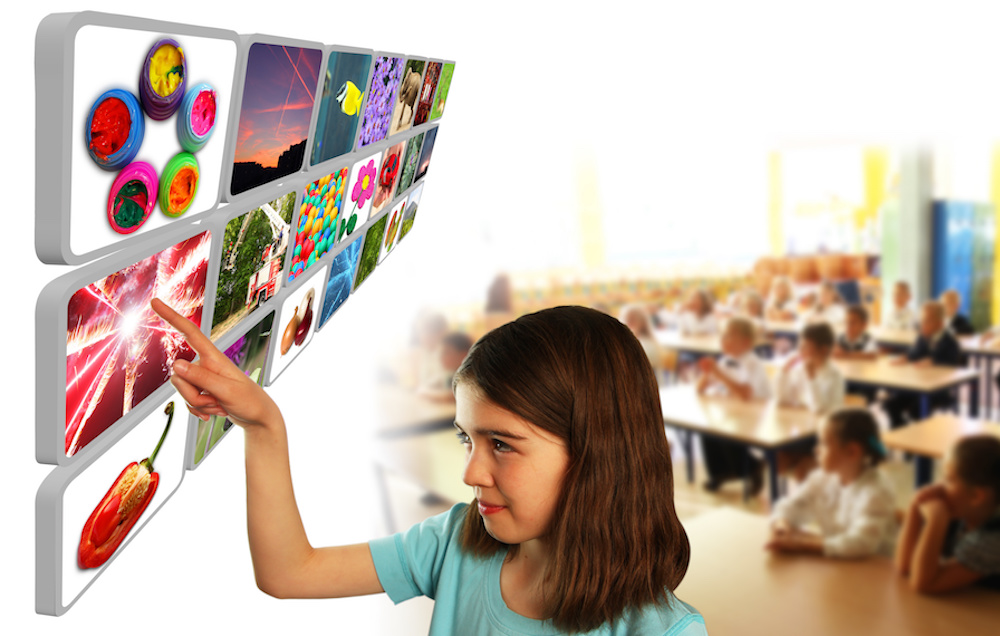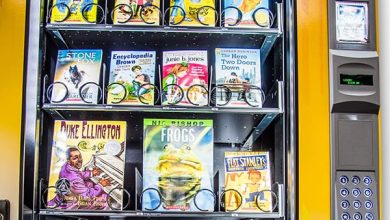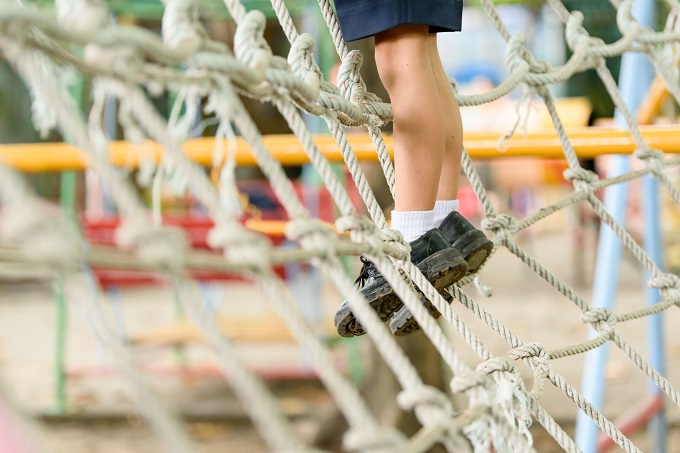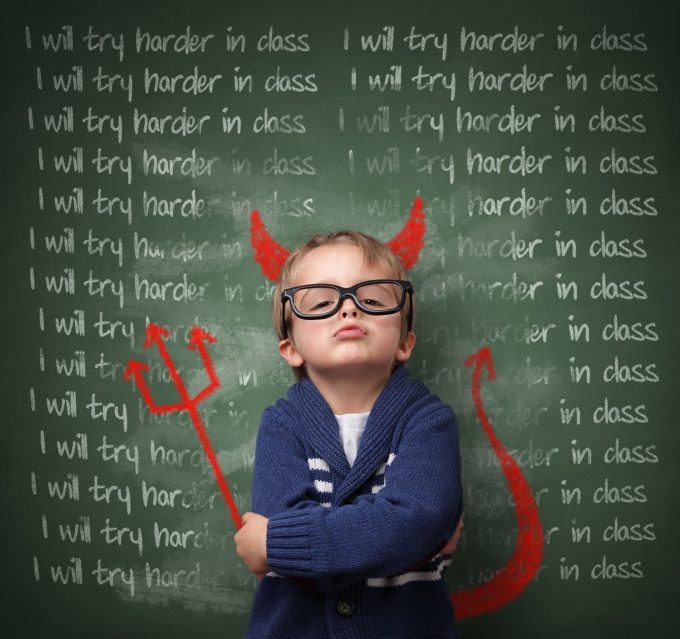
If the media and politicians are to be believed, we are hurtling backwards at a startling pace, and will end at the bottom of the educational dung heap, if we don’t immediately “raise standards” and improve our test scores. Is this our future?
What would this lowly future mean for our economy? Commentators bay for teacher accountability and improvement; they push for crisis talks about the state of education in Australia – “we are slipping; it’s disastrous; it requires immediate change,” they lament.
They’re right of course. Change is required, but according to a host of the world’s most celebrated thinkers and innovators in education, when student results in standardised testing slip, the actual crisis is not the sliding PISA ranks; that’s just a symptom. The real disaster is the evident disengagement of learners.
As everyone with an opinion scrambles to cure this degenerative condition, some air their opinions on the cause. Everyone has a theory – often informed by their area of expertise and resulting agenda. The Sydney Morning Herald (SMH) published an article on September 28, 2017, titled, ‘Australia’s ‘tolerance of failure’ behind declining PISA results, says test co-ordinator’. Yes, it was as bad as it sounds. The Australian education system was blasted by Andreas Schleicher, who is head of the OECD’s education directorate. According to SMH, Mr Schleicher attributed our steady decline in all three test areas of maths, reading and science to the country’s “tolerance of failure” in schools.
Naturally, the article elicited the usual animated criticism from the general public, replete with slights on teachers’ lack of focus on extending bright students, and on gaps in their LOTE vocabulary – with one member of the public deploring their use of Google to quickly look up a word.
There was an actual high school teacher who responded, and he offered contextualisations for the ‘failure’. He said:
“teachers are stymied by political correctness (“prohibited from using words like ‘lazy’, ‘uninterested’ or ‘antisocial’ on school reports”). “Parents need to be told the truth so that they can act accordingly at home,” he wrote.
Though many would argue name-calling is not a necessary ingredient of constructive feedback, it does speak to the oft-touted dearth of resilience-building constructive feedback blamed for mental health issues in our young people. In addition, he says professional development plans are full of adjunct skills, none of which are aimed at improving practice. “We are never, ever, taught how to motivate or inspire,” he complained.
He also suggests that if you want to understand why students are not chomping at the bit to proceed in our system, take a look at what they are learning:
“The curriculum is 1cm deep but 1m wide. Hence, it is superficial, boring, uninspiring, and contributes to student disengagement. Too many interest groups have had an ‘input’ into its design”.
If he is correct, and teachers are never taught to inspire, and the curriculum is devoid of anything of interest, reported disengagement of Australian students is hardly surprising. So, while teachers drown in the quagmire of frustrations, our politicians often speak in bright orations about creativity.
‘Creativity and critical thinking’ has become a favourite strap-line for Australian politicians. They say our students need to be able to be creative and think critically; they say our education system needs to foster these attributes, because that is what the future requires.
Well-meaning projects are developed and implemented, and funding is rolled out to achieve 21st century learning for a 21st century future economy. Yet, still we slip.
Despite “record funding from the Turnbull government”, we slide backwards, past the Slovenias of the world, as agitation builds at home. ‘What are we doing wrong?’, people might wonder behind closed doors.

According to prolific educationalist Sir Ken Robinson, we can’t evolve the current system into an adaptation that will survive, let alone thrive. He says that what is required “is not evolution, but a revolution in education”. “This has to be transformed into something else”. He seems to be suggesting that twiddling knobs and rearranging the deck chairs just will not do. Sir Ken will be in Melbourne next March at the Future Schools Expo, and it’s likely many will search amid his words for a key to release the deadlock, which is our current impasse between standardised testing and the world’s thirst for ‘innovative solutions’.
So, what will this ‘new world’ economy look like, and can our current education system actually prepare them? The educational researchers and innovators I bring before you think not.
Futurists and business leaders have confirmed that they want employees with the capacity for innovation and a knack for divergent thinking.
They want them to be able to collaborate in a way that allows employees with complementary skills to devise the solutions that will be required for the 21st century world we have created. They are asking for what one of our home-grown educationalists, Adam Voigt calls “collaborative, creative problem solvers”.
Sir Ken also knows a little about creativity…He was knighted for his contribution to creativity and the arts in the UK. He has received accolades, formal academic acknowledgements, and honorary degrees (not to mention over 48 million views of his TED Talk, ‘Do schools kill creativity’) for his tireless crusade to make education more relevant, interesting and productive for children – and therefore, life more engaging and fulfilling for the adults they will become.
He stands firmly against standardised testing and firmly behind teachers. “There is no system in the world or any school in the country that is better than its teachers. Teachers are the lifeblood of the success of schools,” Sir Ken has said.
He also said, “the emphasis on testing comes at the expense of teaching children how to employ their natural creativity and entrepreneurial talents – the precise talents that might insulate them against the unpredictability of the future in all parts of the world”.
Sir Ken says that while politicians emphasise ‘standards (and standardisation) in education,’ citing ‘business interests’ as a motivation – actual business people are looking for very different qualities.
“They want people who can innovate, who can think differently, who can work in teams, who can collaborate, communicate and are quick to respond to change. Well, you don’t get any of those things encouraged or inculcated in a school system that is predicated on testing and standardisation.”
So why are the standards slipping? Why did it work before? Sir Ken says it’s because the ‘carrot’ is gone. He says an education used to be a sure pathway to a job: “when we went to school, we were kept there with a story, which was: if you worked hard and did well and got a college degree you would have a job. Our kids don’t believe that—and they’re right not to, by the way. You are better having a degree than not, but it’s not a guarantee anymore.”
Sir Ken also says that the current system was “designed in the image of the universities” and efficiently produces a specific output: the university professor, which he says is “just one form of life” and not for everybody. Of course, not all university graduates go into academia; there are professions, such as teacher, nurse, doctor, lawyer and so on. The general degrees used to be a guarantee of a job in business, publishing, or government, now, with over 35 percent of the population graduating with a bachelor’s degree, a master’s degree might set you apart.
If students are not drawn to academia, and with university fees on the rise, students might question the point of engaging with the education system at all. This is especially the case for students whose talents and aptitudes are undervalued and side-lined by the system.
In any case, as Sir Ken said, “human communities depend upon a diversity of talent not a singular conception of ability”.
Children can do amazing things when motivated by some intrinsic desire, even when the reward is extrinsic. If you tell a child there is chocolate on the top shelf, they will work out a way to get up there, but will they do the same if you say, “just see if you can reach the top shelf”? They might say: “why?”. Could the disengagement just mean these 21st century students are asking themselves “why?”.
Professor Sugata Mitra is another ‘education revolutionary’. He is founder of The School in the Cloud and most well-known for his ‘hole in the wall’ experiments, and has also presented TED talks viewed by millions. In a past issue of School News, we published an interview with Professor Mitra in which he said, “our education today is mostly about knowing things just in case we ever need that knowledge. It is a ‘just in case’ education – the kind that needs to reside in our heads because we might be stranded on a deserted island with no technology or internet. That kind of world does not exist anymore. We need to change to a ‘just in time’ education, where we have the capability and the means to know when we need to. Knowing in advance would be a luxury not worth having.”
For Professor Mitra, filling your head with facts is pointless when you have the internet at your fingertips.
His School in the Cloud organisation is responsible for setting up self-organising learning environments (SOLEs) all over the world. Students research and problem solve. They pose, (and then answer), big questions and use 21st century resources (the internet) to educate themselves enough to present the answer to the question. They work in groups, think on their feet, and evaluate sources and solutions. They hypothesise, they problem solve. They are pods of collaborative, student-led learning, and he says the students develop the skills required to operate in a 21st century economy.

Innovation consultant, Charles Leadbeater is another TED veteran and his talk titled, ‘Education innovation in the slums’ had been viewed 778,022 views at the time of writing. Charles Leadbeater was financed by Cisco to go looking for radical new forms of education, which he found in the slums of Rio, Brazil and and Kibera in East Africa – where he says some of the world’s poorest kids are finding transformative new ways to learn. He says this “informal” and “disruptive” kind of school is what all schools need to become. He delivered a strong message about the relevance of education. He says that while “the trendiest schools in the world” are espousing “a philosophy of learning as productive activity”, in the slums survival depends on the individual’s productivity so “learning has to be productive in order for it to make sense”. He says in these places the challenge is not so much to get to university but to survive and make a living. Perhaps the lesson to be learnt from these informal schools is that to engage students, there must be a perceivable point to it all.
“Most of our education system is push,” Leadbeater said. “I was literally pushed to school. When you get to school, things are pushed at you: knowledge, exams, systems, timetables.” To truly motivate learners, he says education must “work by pull, not push”.
As educators wait for PD that motivates, (or even a revolution), perhaps Sir Ken, Sugata Mitra, and Charles Leadbeater can offer some interim erudition.
While we all acknowledge that our much-maligned education system needs a rethink, we are far from consensus on what form and structure this might take. What to change? What to fix? Sir Ken has a deceptively simple sounding suggestion: “the simple way to solve all these problems is to stop causing them. Don’t do that, do something else.” After all, as Einstein said, “insanity is doing the same thing over and over again and expecting different results”.
So, what is that “something else” that we should do? And who is qualified to decide? Sir Ken says that “education doesn’t go on in the committee rooms of our legislative buildings; it happens in classrooms” and “the people who do it are the teachers and students, and if you remove their discretion it stops working – you have to put it back to the people.”








I struggle daily with push – Set coding unit for my Y7. 2/3rds actively pursued the work and built their own solution. 1/3rd opened task and pursued a mindless tunnel game that is popular at the moment. Half of this group responded to push and were helped by repackaging task into steps 1, 2 and 3. The last 1/6th are those with intergenerational needs, no breakfast and recent confectionery hit at last break plus diagnosed mental health issues.
Society, media, etc. seem to assume we receive an homogenous cohort of active minds, but never appreciate realities of enrollment.
As well, I know that 90% of my attention to the needy tail in a class of 30 will see 10% of my time for the head.
Great story. Nice deep dive into the issue. I remember hearing Gary Zadkovic from the NSW Teachers’ Fed say recently that we often hear how teachers are the issues, not ‘education’ as such, but when we talk about health and hospital issues it’s always ‘health’ as the issue not ‘nurses’. Feeling besieged here as a teacher and I think I have a lot of company!